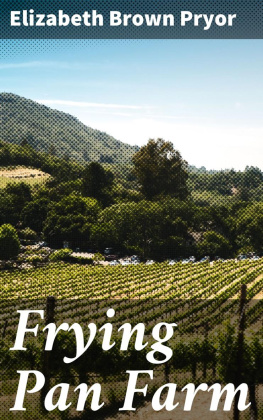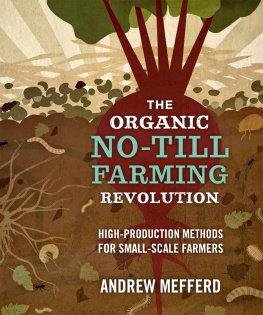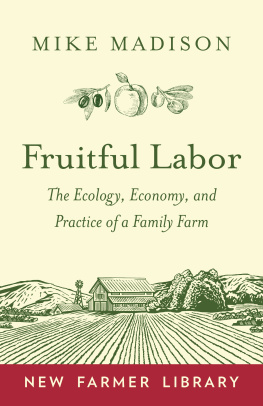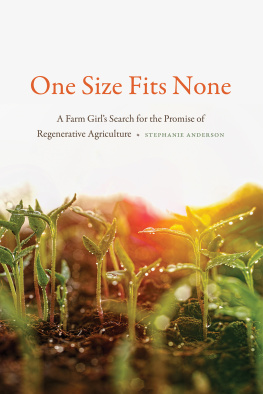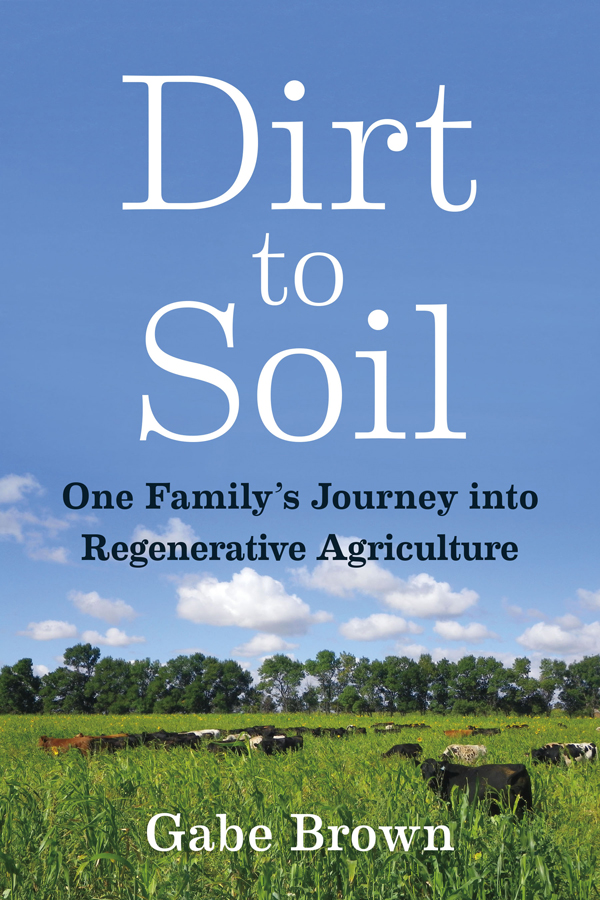Contents
Guide
Pagebreaks of the print version
Praise for Dirt to Soil
Gabe Browns Dirt to Soil could not be more timely, as farmers are beginning to see an increase in costs of the fertilizers and many other inputs they rely on. Gabe provides us with his complete story of how he transitioned to a largely self-renewing and self-regulating (regenerative) farming system. Even though I have been an organic farmer for 40 years, I was amazed at how much I learned from reading Dirt to Soil. I highly recommend it to all farmers and food entrepreneurs, especially anyone interested in anticipating future changes and preparing for them in advance.
Frederick Kirschenmann , distinguished fellow, Leopold Center for Sustainable Agriculture; author of Cultivating an Ecological Conscience
Restoring the productivity of agricultural land is one of the most urgent imperatives of our time. In this landmark book, Gabe Brown explains, step by step, how farmers and ranchers can transform lifeless dirt to healthy topsoil, offering a profound yet elegantly simple blueprint for reversing land degradation across the globe.
Dr. Christine Jones , soil ecologist; founder of amazingcarbon.com
Civilization was made possible by agriculture developed over the centuries by ordinary people domesticating plants and animals using the emerging biological sciences. Today mainstream agriculturedominated by monoculture cropping and confined animal feedingis the most destructive industry ever to evolve. Based on chemistry and marketing of technology, current agricultural practices produce twenty times more dead, eroding soil than food, year after year. In this dangerous time, Gabe Browns book comes as a breath of fresh air, showing by example what any farmer who cares enough about the future can do by following sound ecological principles and using common sense and imagination.
Allan Savory , president, Savory Institute
This book is a must read for anybody who thinks that the Green Revolution has been a success. Gabe Brown provides a heartfelt personal account of his journey and awakening to a new perspective on the importance of soil biology and the urgent need for a return to regenerative integrated organic farming methods, not just to feed the world but also to save the ecosystem from imminent disaster.
Stephanie Seneff , senior research scientist, MIT Computer Science and Artificial Intelligence Laboratory
Dirt to Soil skillfully describes the learning process and rich rewards of perseverance in the conversion from yield-driven farm practices that degrade soils to the regeneration processes that provide pride, productivity, nutrition, health, and sustainability to the basic infrastructure of societyagriculture. The core values of stewardship Gabe Brown describes for managing the agricultural ecology are reinforced by science that links diverse components so they function together to benefit everyone and everything in the dynamic rejuvenation of soils. The principles are exemplified through firsthand experiences that not only explain what, why, and how things need to change, but also provide the motivation to start doing them. The book provides hope that nutrition and health can be guiding principles in food production for successive generations to displace the Band-Aid interventions adopted by the past two generations that have resulted in serious, unintended negative consequences.
Don M. Huber , emeritus professor of plant pathology, Purdue University
Gabe Browns dirt-to-soil story is an inspiring example of how land can flourish when a farmer tunes out the textbooks and chemical purveyors and starts listening to nature. Brown has become a folk hero in regenerative agriculture circles, and this book delivers his trademark candor and ability to cut through myth, jargon, and generations of bad advice to reveal essential dynamics of how farm ecosystems work. By keeping it real, this practical, spirited, and timely book can help spark an agricultural shift from conventional wisdom to common sense.
Judith D. Schwartz , author of Cows Save the Planet and Water in Plain Sight
After hearing a presentation by Gabe Brown, many people picture Browns Ranch in North Dakota as some sort of Xanadu where nothing goes wrong. This book provides a realistic perspective on Gabes struggles in a challenging environment. Gabe and his family didnt let the challenges defeat them; they viewed them as opportunities to learn and innovate. This determination has made Gabe one of the leaders in the movement to regenerate soils. He has also helped to push, pull, and drag science toward finding solutions to solve our current farm and food crises. Farmers and ranchers like Gabe Brown and the others whose stories are told in Dirt to Soil are addressing the critical need to develop resilient systems that provide abundant, nutrient-dense food on regenerated soils that efficiently cycle nutrients and water through diverse biological communities.


